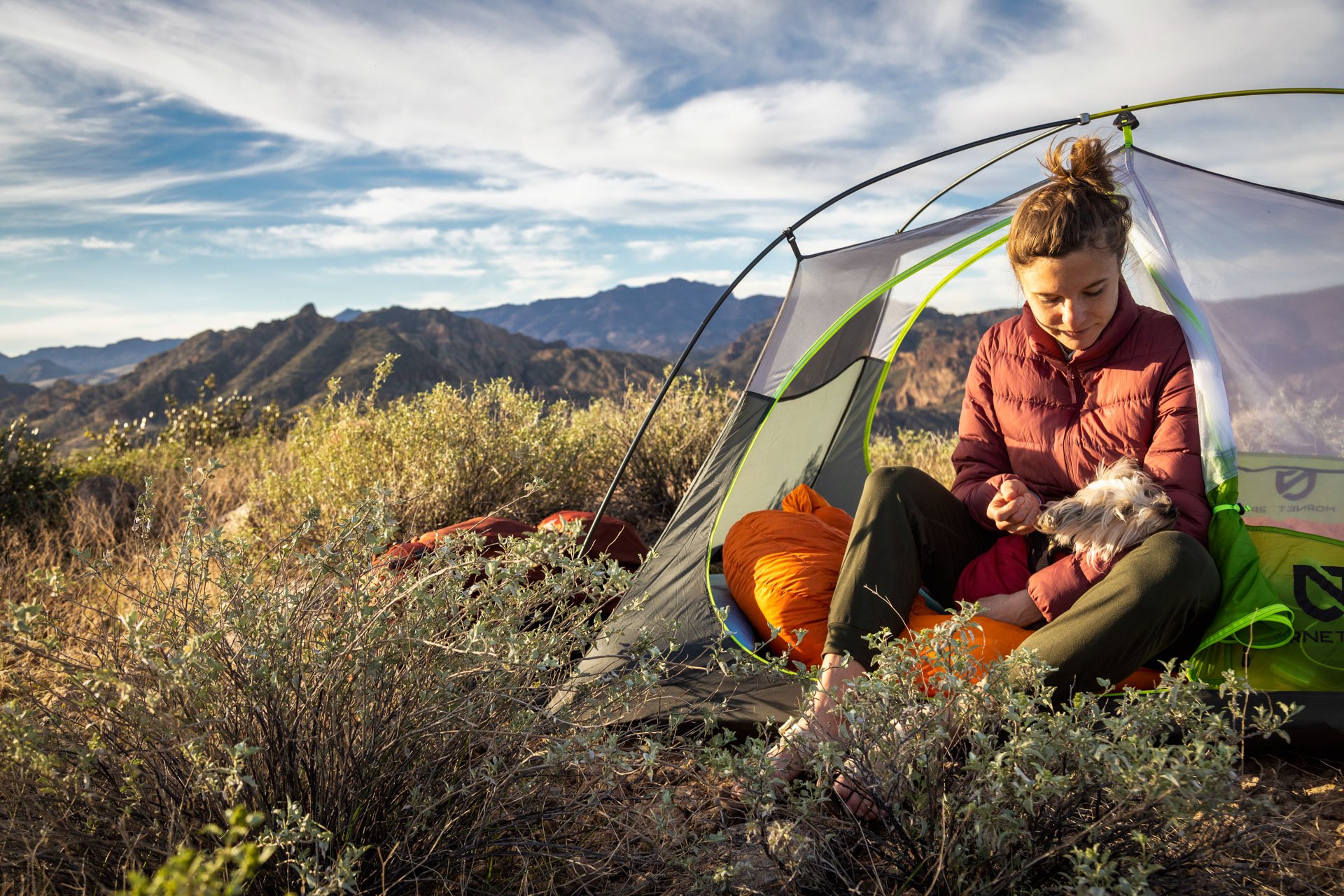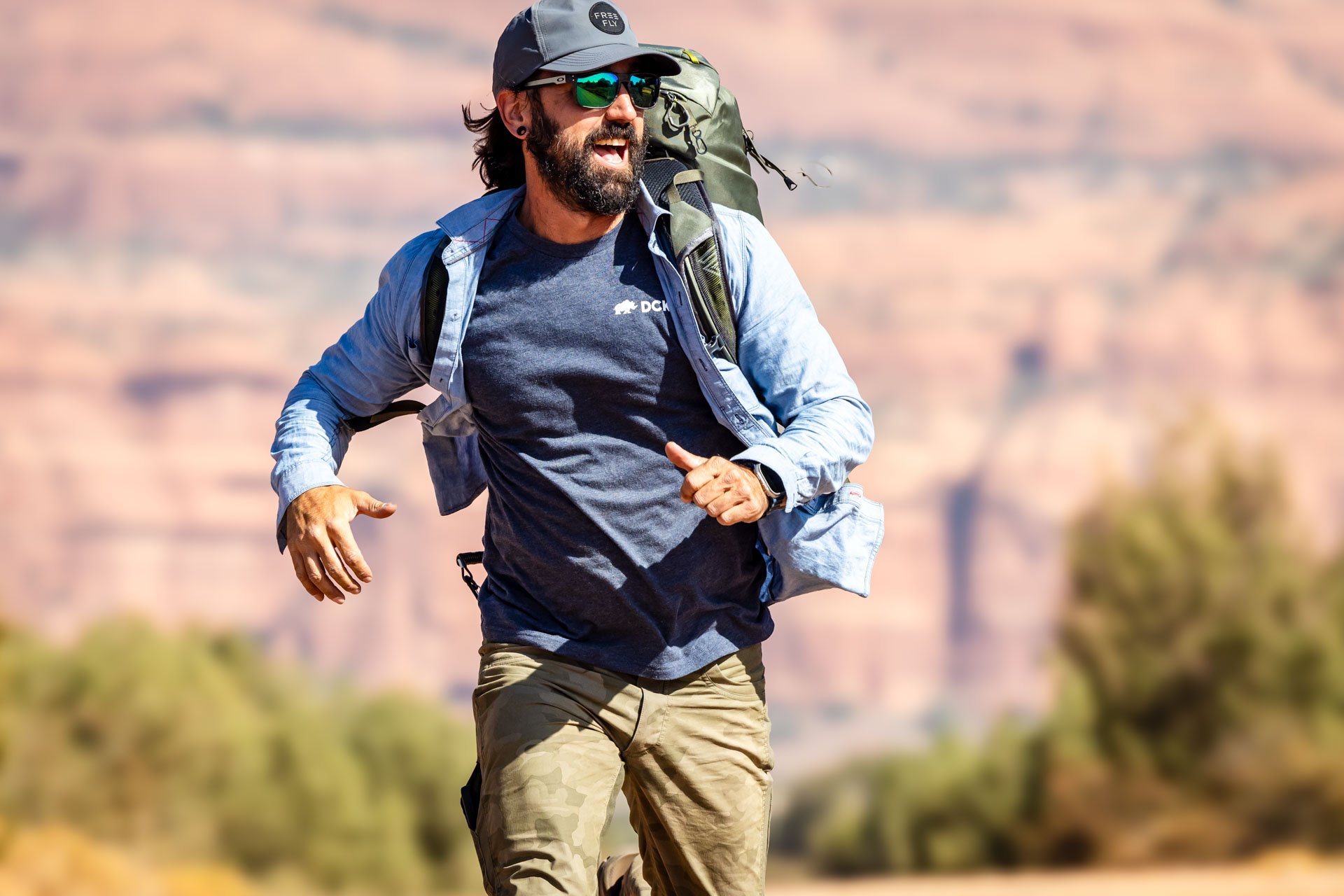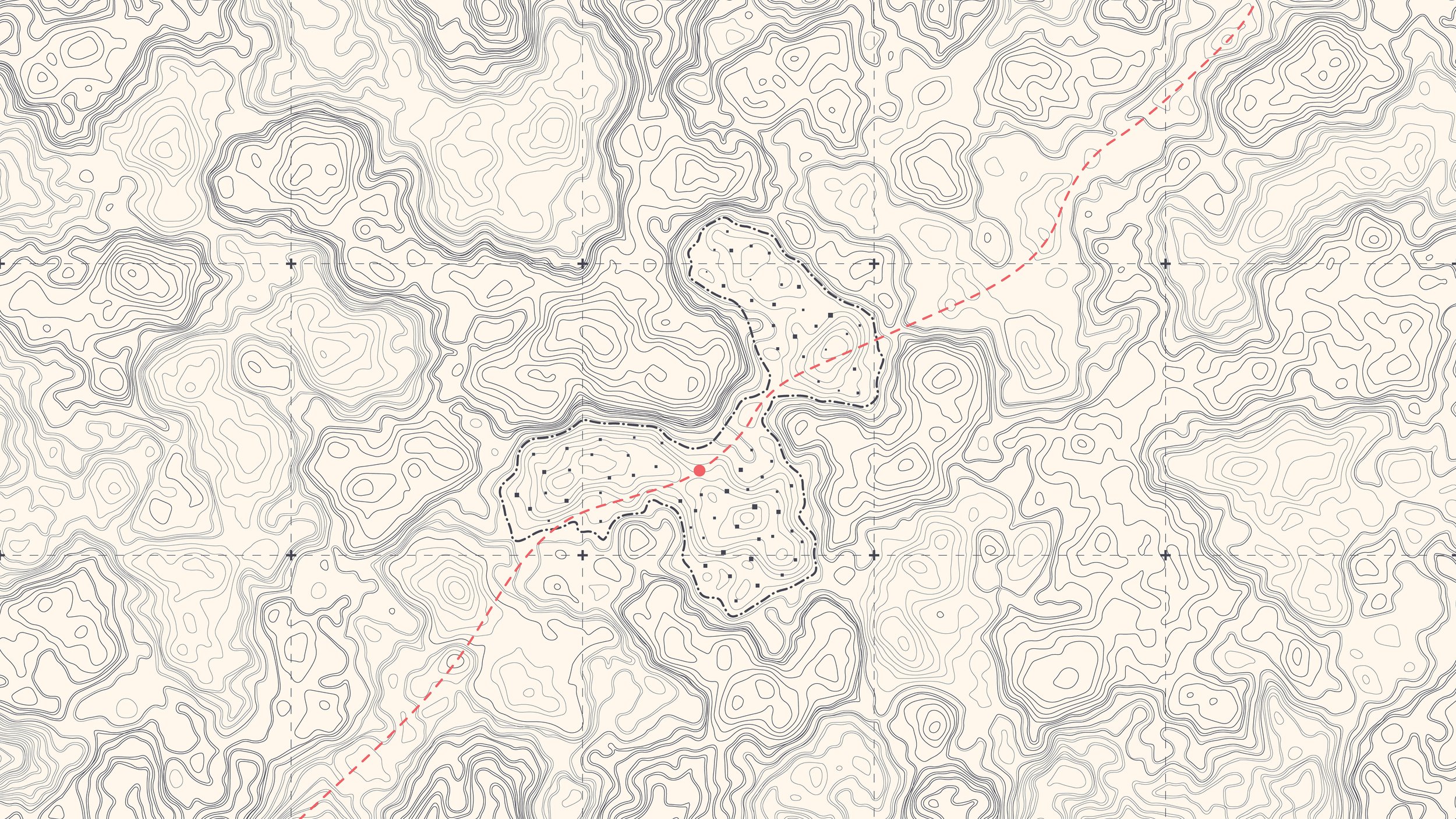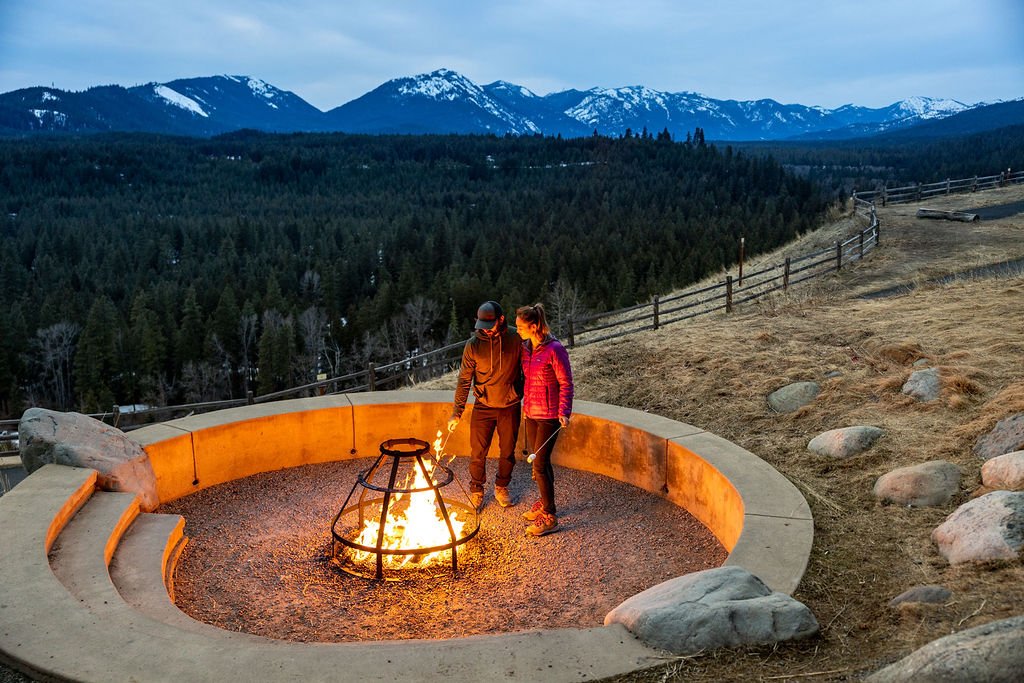the feed
How to Store Your Cold Plunge for Long-Term Use (Step-by-Step Guide)
Heading out of town or hitting pause on your cold plunge routine? Here’s how I drained, cleaned, and prepped my Desert Plunge tub and chiller for long-term storage—so it’s protected, dry, and ready when I get back.
Introduction: Why You Shouldn’t Just Unplug and Walk Away
Arizona summers don’t mess around—and neither should you when storing your cold plunge. I was heading out of town for six weeks and didn’t want my Desert Plunge Exclusive Tub running the whole time. That’s unnecessary wear on the motor and not exactly energy-efficient either.
This was my first time prepping it for long-term storage, and while I made a few mistakes (hello, towel bucket method), I also learned a ton. If you’ve got any cold plunge with a chiller setup—especially one you keep outdoors—this step-by-step guide will help you store it safely, cleanly, and stress-free.
🧰 What You’ll Need:
The drain adapter that came with your plunge
A garden hose to route water outside
Absorbent towels (lots of them)
A bowl (if you’re draining indoors)
White vinegar + water for cleaning
Curious about the science or benefits behind cold plunging? Check out my [foundational guide to cold plunge basics]
🔧 Step-by-Step Instructions
1. Power Everything Down
Start by holding the chiller’s power button until it beeps, then switch off any secondary power buttons on the unit or outlet.
2. Attach the Drain Setup
Screw on your drain adapter snugly (not overtight) and run a hose outside to a safe drainage area.
⚠️ Tip: Hand-tighten everything. Over-tightening could crack the adapter or ports.
3. Begin Draining
Once connected, let the pump push the water through the hose. It typically takes 20–30 minutes to drain completely.
Check at the 20-minute mark
Shut off the pump once the water gets low—don’t let it run dry or it could damage the motor.
4. (Optional) If Indoors: Towel Bucket Method
If you’re draining inside, the leftover water must be absorbed manually. Drop towels into the tub, soak up the water, and ring it out into a bowl. It’s slow but doable.
✅ What I should have done: Moved the tub outside earlier to finish the job the easy way.
it’s ok to flip this over gently but DO NOT place it down on the ground
5. Finish Draining Outside
Once most water is out, move the tub outside (if safe) and pull the plug to fully empty it. I flipped mine gently on its side to let every last drop drain.
Let the sun do its thing—10 minutes in Arizona heat and this thing was bone dry.
6. Clean the Interior
Mix a little white vinegar and water, then wipe down the tub to clear up:
Calcium residue
Water marks
General grime
7. Dry + Drain the Chiller
This part’s new for me. You can flip the chiller upside down but DO NOT set it down on the IN and OUT ports—you’ll damage it. Instead, carefully tip it to let water drain from the in/out ports.
Give it a few minutes, gently wipe any accessible internal parts, and do not shake or force anything.
8. Final Touches
Bring the tub back inside and lay out:
Hoses
Fittings
All accessories
Make sure everything is 100% dry before storing. Moisture = mold. Don’t rush this part.
✅ Key Takeaways
Shut off the power before draining
Monitor water levels to protect the pump
Move the tub outside to make draining easier
Use vinegar and water to clean
Dry everything thoroughly before storage
🛒 Want $100 Off a Desert Plunge?
I’ve used the Desert Plunge Exclusive Tub for months now and love it.
👉 Click here to save $100 (affiliate link) Use Code: NICKTORT
It holds up in desert heat, chills fast, and looks clean enough to sit in your backyard year-round.
Chapter 1: What Is Cold Plunging?
Cold plunging is a revitalizing practice that reduces inflammation, speeds recovery, and boosts energy for active lifestyles.
Cold plunging, also known as cold water immersion, involves immersing the body in water at temperatures typically below 59°F (15°C). This practice has gained widespread popularity, from elite athletes seeking quicker recovery to wellness enthusiasts looking for a natural energy boost. Whether it’s plunging into a glacial lake or stepping into a purpose-built cold plunge tank at home, this invigorating practice offers a range of benefits for both the body and mind.
What Is Cold Plunging?
At its core, cold plunging is the act of immersing yourself in cold water, often for a few minutes at a time. The water can come from natural sources like rivers, lakes, and oceans, or it can be a controlled environment, such as a tub filled with ice water or a specialized cold plunge tank. While the duration and temperature may vary, the goal remains the same: to harness the therapeutic effects of cold water.
For beginners, it’s important to start with shorter plunges at slightly warmer temperatures, gradually building up to colder and longer sessions as your body adapts. Cold plunging can range from spontaneous dips in nature to part of a structured wellness routine, making it accessible to almost everyone.
Remember that I receive a tiny commission whenever you buy something after clicking one of our links, even if you decide to buy something else. This is a major factor in keeping our content free and funding my team. I appreciate your help!
The Science Behind Cold Plunging
The benefits of cold plunging stem from its ability to trigger several physiological responses in the body:
Improved Circulation: When you immerse yourself in cold water, your blood vessels constrict. Once you exit the water and warm up, blood flow increases, delivering oxygen and nutrients to your muscles and organs.
Reduced Inflammation: Cold water immersion is known to reduce swelling and inflammation, making it a popular recovery tool for athletes dealing with sore muscles or minor injuries.
Endorphin Release: The shock of cold water triggers the release of endorphins, which are the body’s natural painkillers and mood boosters. This explains the euphoric feeling many people experience after a cold plunge.
Activation of the Vagus Nerve: Cold water stimulates the vagus nerve, which plays a key role in the parasympathetic nervous system. This activation helps lower stress, improve digestion, and enhance overall mental well-being.
Why Cold Plunging Matters for Active Lifestyles
Athletes and adventurers often push their bodies to the limit, resulting in sore muscles, fatigue, and mental exhaustion. Cold plunging provides a natural way to manage these challenges. For example, a mountain biker recovering from a grueling climb or a pickleball player dealing with muscle soreness can benefit from the anti-inflammatory effects of cold water immersion.
Cold plunging is not just for high-performing athletes. Weekend warriors, fitness enthusiasts, and even those with sedentary lifestyles can benefit from its ability to reduce stress, improve energy levels, and enhance overall recovery. Imagine stepping into a cold plunge after a long hike or a tough gym session—it’s an invigorating way to recharge both your body and mind.
The Benefits of Cold Plunging
Cold plunging offers a host of benefits that go beyond physical recovery:
Enhanced Recovery: By reducing muscle soreness and inflammation, cold plunging allows for quicker recovery between workouts or activities.
Boosted Energy Levels: The shock of cold water stimulates your body, leaving you feeling more awake and alert.
Mental Clarity: Regular cold plunging can improve focus, reduce stress, and help with mental fatigue.
Strengthened Immune System: Some studies suggest that cold water immersion can boost the production of white blood cells, which play a key role in immunity.
How to Start Cold Plunging Safely
If you’re new to cold plunging, here are some tips to ensure a safe and enjoyable experience:
Start Slowly: Begin with shorter sessions (30 seconds to 1 minute) in water around 59°F (15°C) and gradually lower the temperature and increase the duration over time.
Focus on Breathing: Deep, controlled breaths can help you stay calm and adjust to the cold shock.
Dress Appropriately: While many choose to plunge in minimal clothing, a wetsuit or neoprene booties can help ease the transition for beginners.
Have a Warm-Up Plan: After your plunge, warm up gradually with layers, a warm drink, or light movement. The physical benefits actually happen AFTER you get out - that's when all of that fresh blood gets coursing back through your body to flush out toxins so allow your body to warm up on its own as much as possible.
Know Your Limits: If you feel dizzy, excessively cold, or uncomfortable, exit the water immediately.
Why Cold Plunging Is More Than a Trend
While cold plunging might seem like the latest wellness craze, it’s deeply rooted in history (a topic explored further in Chapter 2). Cultures around the world have used cold water immersion for centuries, recognizing its therapeutic effects. Today, modern science backs up what our ancestors knew: cold plunging can be a powerful tool for improving physical and mental health.
Cold plunging’s versatility also makes it appealing. It can be as simple as stepping into a cold shower at home or as adventurous as diving into an alpine lake. Whether you’re looking to enhance athletic performance, boost mental clarity, or simply try something new, cold plunging offers a unique and accessible way to improve your well-being.
Final Thoughts
Cold plunging is more than just a quick dip in icy water; it’s a practice that can transform how you recover, recharge, and take on life’s challenges. Cold plunging is worth exploring whether you’re a seasoned athlete or someone curious about its benefits. So take the plunge and discover the invigorating power of cold water immersion.
Chapter Index:
Chapter 1: What Is Cold Plunging?
Chapter 2: The History of Cold Plunging
Chapter 3: The Physical Benefits of Cold Plunging
Chapter 4: The Mental Benefits of Cold Plunging
Chapter 5: What Temperature Should You Cold Plunge At?
Chapter 6: When Should I Cold Plunge?
Chapter 7: How Often Should I Cold Plunge?
Chapter 8: Are There Any Risks to Cold Plunging?
Chapter 9: Preparing for Your Cold Plunge
Chapter 10: Frequently Asked Questions
Chapter 11: Cold Plunging and Lifestyle Integration
Chapter 12: Tools and Resources for Cold Plunging

OUTDOOR
ADVENTURE
Featured Posts
HIKING
|
FLY FISHING
|
CAMPING
|
BACKPACKING
|
GEAR REVIEWS
|
HIKING | FLY FISHING | CAMPING | BACKPACKING | GEAR REVIEWS |

Best of
Top Clothing Brands of 2023
Discover unbeatable deals on Patagonia winter essentials at the REI Outlet sale! Get up to 40% off on jackets, parkas, and more.

Subscribe to Our Newsletter
Sign up with your email address to receive news and updates.
Get in touch.
Just like in a hardcore round of intense pickleball, communication is key! Reach out with any questions, comments, beer recommendations, inquiries, critiques and jokes.













